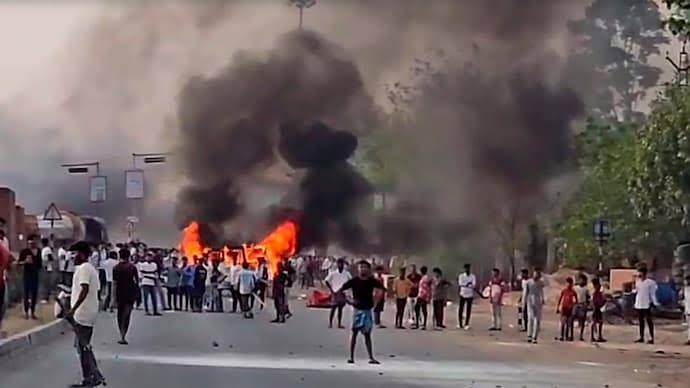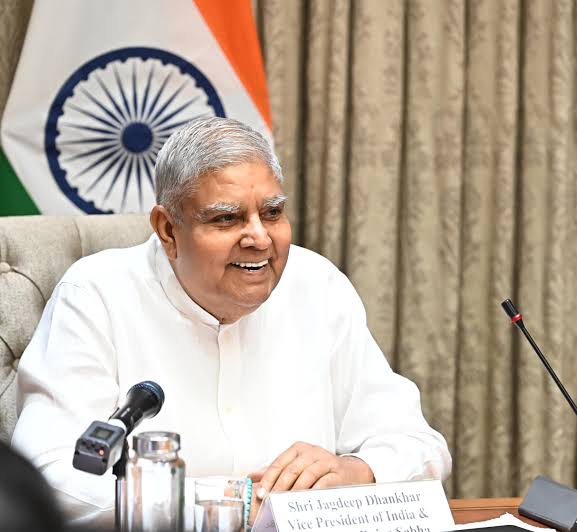The recent communal violence that erupted in West Bengal’s Murshidabad district has left a deep scar on the hearts of its residents, with three lives lost and hundreds of families displaced in the chaos. The violence, which stemmed from unrest surrounding the new Waqf law, unfolded not as an isolated incident, but as the tragic climax of a storm that had been silently brewing online.

In the days leading up to the outbreak, WhatsApp groups and social media platforms became breeding grounds for fear and misinformation. Residents were bombarded with provocative messages suggesting that their land, religious spaces, and even burial grounds were at risk. Many of these claims were false, but the speed and scale with which they spread made them dangerously influential. Authorities later confirmed that over 1,000 fake accounts had been used to fan these flames, leading to widespread panic and mass mobilisation.
On April 8, tensions escalated when a protest turned violent in Umarpur, resulting in the torching of police vehicles. But it was April 11 that saw Murshidabad descend into chaos. National Highway 12, normally a lifeline for local communities, transformed into a battleground. In Sajurmore and Dakbunglow, buses and shops were set ablaze. Villages such as Shamshergunj, Dhulian, and Suti were engulfed in unrest.
The loss was personal and painful. In Jafrabad, Harogobindo Mondol and his son Chandan were dragged from their home and brutally murdered. In Surjarmore, police opened fire to disperse a violent mob, and 24-year-old Ejaz Ahmed, who had returned from his job in Chennai for Eid, was fatally injured. His death has left his village grieving and his family shattered.
Residents who survived the violence describe scenes of horror. Ram Kumar Mondol, a 65-year-old from Bedbona, recounted how his village was attacked and homes set ablaze. His own house was reduced to ashes, and like many others, he fled to Malda for safety, crossing the river with nothing but memories and fear.
The police and administration, though quick to respond, found themselves overwhelmed by the sheer scale of mobilisation and coordination among the rioters. “We were targeted by a mob of thousands, armed with stones, sticks, and petrol,” a senior officer said. Authorities were forced to open fire and shut down internet access in an attempt to curb further spread of false information and regain control.
Investigations are ongoing. Police have arrested 221 individuals so far and formed a special team to investigate the brutal murder of the father and son. Officials believe that not only local elements, but also outsiders — possibly from neighbouring districts or even across the Bangladesh border — played a role in the violence. Some miscreants, they suspect, may have used the unrest as a cover for looting.
State officials, including ADG (Law and Order) Javed Shamim and ADG Supratim Sarkar, have vowed that those who incited, participated in, or enabled the violence will face the full force of the law. “We are not just after those who committed acts of arson or violence,” Shamim said, “but also those who poisoned the atmosphere with lies and hate.”
As Murshidabad begins the slow process of healing, one thing is clear: beyond the headlines and numbers, there are real people—families who have lost their loved ones, homes reduced to rubble, and communities torn apart. Their stories serve as a painful reminder of the destructive power of misinformation and the urgent need for compassion, dialogue, and justice in the face of division.




